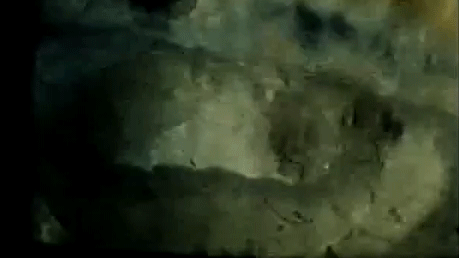Summary
Vacuuming removes and kills up to 63.8% of flea pupae from carpets. Efficacy depends upon the carpet type and density. Vacuuming also vibrates the substrate, causing some larvae to pupate without cocoons (naked pupae). Pupae are easier to remove from carpets without the sticky silk structure.
Details
Vacuuming & Flea Pupae
Do Vacuums Remove Pupae from Carpets?
Vacuuming can remove pupae located near the carpet canopy. However, pupae further down towards the base will avoid being sucked up. Carpet type plays an major role. In nylon saxony and nylon contract carpets, many fleas pupate at the top of the carpet, and vacuuming can eliminate up to 63.8% of them. In nylon loop and wool loop carpets, most pupae are found at the carpet’s base. Vacuuming isn’t as effective on these carpet types. Vacuuming also becomes less effective with denser carpets.
Do Vacuums Kill Flea Pupae?
100% of flea pupae die upon being vacuumed up. The vacuum cleaner’s brushes, fans, and strong air currents slam the fleas around, killing them as they pass through into the collection chamber. None will reach adulthood. Pupae aren’t even recognizable afterwards. Other stages can’t survive vacuuming either. Thus, further efforts to sanitize the vacuum bag or cartridge are unnecessary.
Preventing Cocoon Formation
Most fleas pupate within cocoons, but not all. Those without cocoons are called naked pupae. Many larvae will abandon their cocoons if their substrate is shaken. There’s a vulnerable 18 hour window between when the cocoon is formed and when pupation begins. Beater-bar vacuums may agitate carpets enough to force naked pupae to develop.

Img 1 Flea cocoons get bound into carpet fibers, making vacuuming removal difficult.
When larvae form cocoons, the silk-like strands get tightly bound into the carpet fibers, limiting the efficacy of vacuuming. Thus, vacuum removal is easier with naked pupae than with cocooned pupae.





You must log in to post a comment. Log in now.
Hello there
Any help or advice would be a godsend…please
Do the flea pupua lay dormant on the underside of a carpet?
I took up the bedroom carpet and discovered little hard rounded shaped things that seemed to have become embedded into the backing of the carpet, they were a kind of orange in colour, (similar to the carpet colour.)
I picked them off and vacuumed them up, I also vacuumed the underside of the carpet and the bare floor before sprinkling a layer of fine grained salt to cover the floor boards. I replaced the carpet which I then vacuumed thoroughly.
I emptied the vacuum plastic waste container into a black bag, sealed it and placed it into a second bag which I placed into a wheeliebin at the bottom of the drive.
When I inspected the clear chamber that held the debris from the bedroom I could detect a great deal of tiny white cotton like bits, tiny black bits, dust and carpet threads and the orange coloured things I assume might be pupae.
After I had finished this bedroom I purchased a product that contains IGR and sprayed it everywhere within that room, shutting it off to avoid my cats access.
I am following the protocol with regard to spot on flea treatments to the letter but its difficult to define flea pupae, larvae and eggs from usual household bits that are vacuumed daily.
I am however certain that there is no movement from anything that is inside the clear chamber of the dyson that I use.
I have made it a must do, to alternate weekly vacuuming upstairs and downstairs where I pull out the beds and other furniture in order to carry out a full skirting boards, floors and even electric plug sockets vacuuming but I still am not 100% sure exactly what is flea related as opposed to general household everyday debris.
Any help or advice would be appreciated greatly
Thanks
I
What you have described may be flea pupae or cocooned pupae. It’s extremely difficult to be certain. The sticky cocoons get covered in local debris. This perfectly camouflages them. Even laboratory scientists have a hard time seeing flea cocoons in their studies. If they are yellow, they may be naked (cocoonless) pupae.
Flea eggs are also very hard to see, being tiny and white. And the larvae avoid light. So they often move to where they are hidden and protected.
The best way to identify fleas is to see the adults or their feces. If the black specks you’ve found will turn water red, or smear red on damp cloth, then it is likely flea dirt (feces).
It sounds like you are taking all the correct steps. You should be flea-free soon.